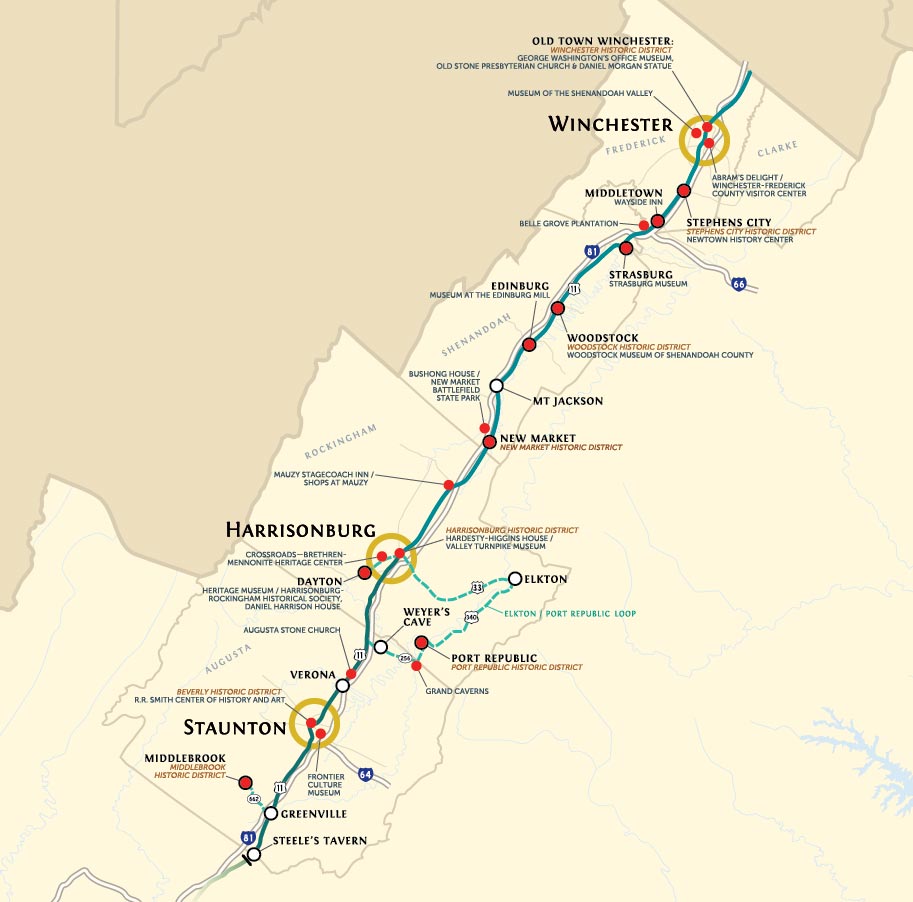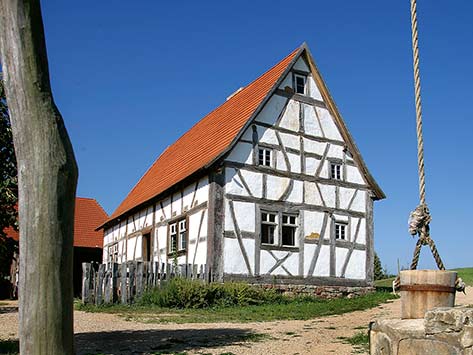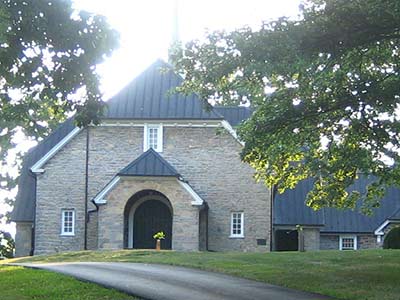Staunton
Staunton is in the “Heart of the Shenandoah Valley.” Shenandoah is a Native American word that means “Daughter of the Stars.” This area offers trails into history of its first settlers — American Indians, Germans, Swiss, and Revolutionary and Civil War time periods. While exploring our history and natural beauty, stay awhile as our combination of great hotels, restaurants and attractions create wonderful memories to last a lifetime.
www.visitstaunton.com

Sites
Frontier Culture Museum
1290 Richmond Avenue, Staunton, Virginia
Website
Driving Directions
The Frontier Culture Museum is an outdoor living history exhibition of farmsteads, each of which represents one of the ethnic traditions that formed the way of life in the Valley of Virginia. Carefully reconstructed farm complexes, including houses, barns, and outbuildings from England, Ireland, Germany, Africa, and Virginia are inhabited each day by interpreters who demonstrate farming, cooking, and other domestic activities.
R. R. Smith Center of History and Art
22 South New Street, Staunton, Virginia
Website
Driving Directions
Many of the settlers to the Augusta County area were Scots-Irish. A small village grew up around the county’s first log courthouse, built in 1745. The newly named town of Staunton was laid out in thirteen half-acre lots in 1749. The R. R. Smith Center is housed in the former Eakleton Hotel of 1893. In addition to the offices of the Historic Staunton Foundation and the Staunton Augusta Art Center, it is the home of the Augusta County Historical Society history gallery and library, an excellent place to begin local family research.
Augusta Stone Church
28 Old Stone Church Lane, Fort Defiance, Virginia
Website
Driving Directions
Augusta Stone Church is the oldest surviving church in the Valley of Virginia and the oldest Presbyterian church in Virginia. The original log building was built in 1740. It was replaced with the present stone structure in 1749 under the supervision of the Rev, John Craig, the founder of Presbyterianism in the Valley, and famous for his faith and perseverance. The plain rectangular church was built with a clipped gable roof.




